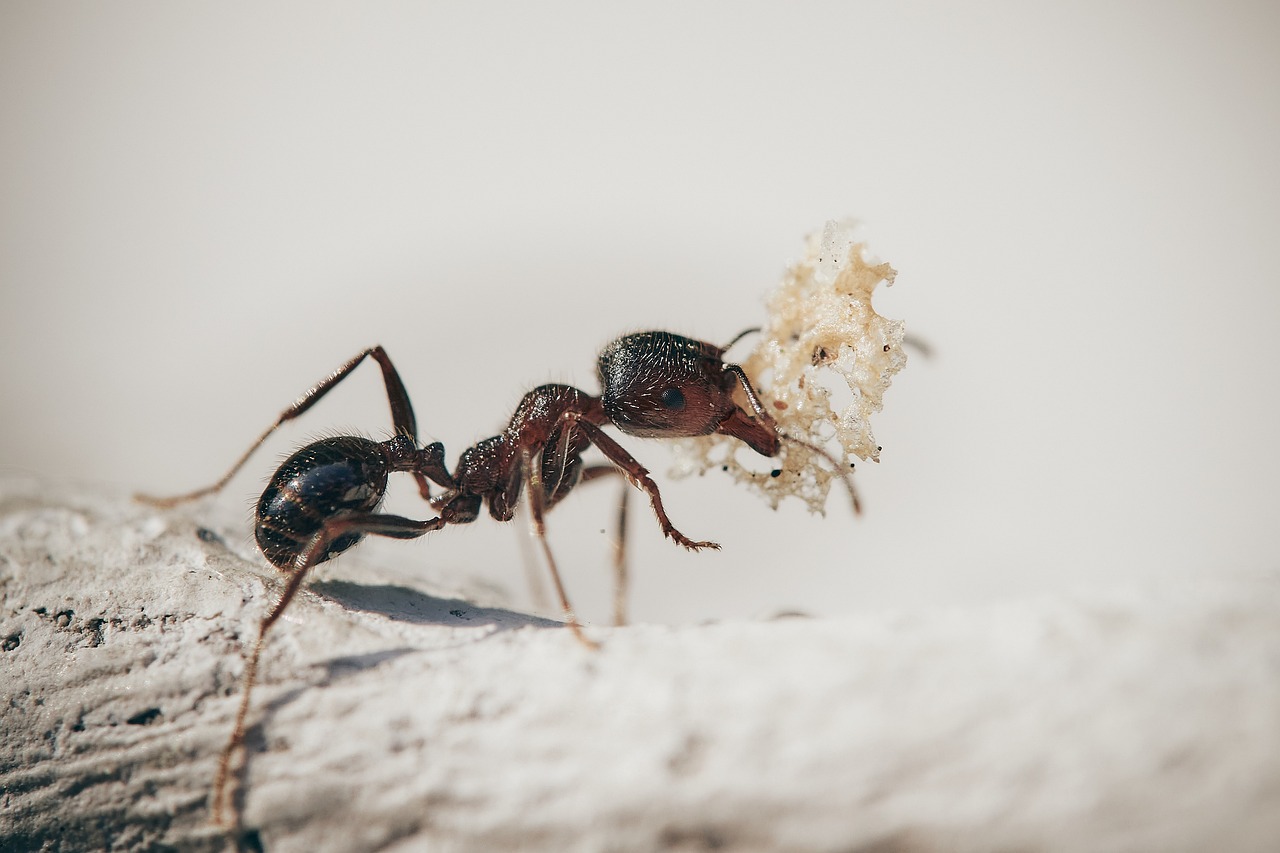Warm temperatures mean outdoor eating and socializing. What to do about the unwanted invitees, like mosquitos, flies, ants, bees and wasps? Here are some tips to help you out.
First and foremost, there really is no “do it yourself” remedy for safely removing stinging insects like wasps, bees and yellow jackets from your property. This is probably the one time you really do need to call in an expert, particularly if they are nesting on your property and cannot be readily avoided by you and your guests. Wasps in the process of nesting can be discouraged if you can destroy the small nest and eggs, but only try this if the nest is very small. A spray called Wasp-Freeze can be helpful. If the nest is large, leave it to the experts. This is especially true of ground nesting bees like yellow jackets. Get the experts involved. Don’t try to deal with it yourself.
Now let’s tackle those flies. The common housefly has been around since the beginning of the Cenozoic Era and has migrated, along with humans, out of central Asia to become a resident of every country in the world except Antarctica. They are nature’s clean-up crew, feasting on garbage and waste and yes, if nearby, your picnic. UGH! For family style, outdoor eating, keep your food covered with mesh food domes or other coverings. If the flies are really bad, you may want to consider plating up indoors and then carrying the food outside to eat. There is also a simple solution that you may have in your pantry – vinegar. Any variety of vinegar will do. Fill cups with vinegar and place them every few feet around the perimeter of your eating space. The flies will be drawn to the scent of the vinegar. The vinegar is denser than water so when the fly alights on it, it gets caught and drowns. Another option is Fly Spot, an effective bait that attracts and kills flies in 60 seconds or less. Mix the product with water and spray flowerpots, the backs of your patio furniture and the bases of garbage cans.
It’s summertime and the living may be easy until the mosquitos arrive. Mosquitos are members of a group of about 3500 species of small flies. The word mosquito translates to “little fly”. Mosquitos are survivors from the Cretaceous and their ancestors may have emerged about 226 million years ago. They are survivors! It is the adult female of the species that bites. Standing water is the biggest challenge in eliminating mosquitos. Any container, no matter how small, that collects water must be dumped out at least every five days to eliminate mosquito breeding grounds. If your yard is swampy, you may want to purchase and sprinkle Mosquito Bits into any areas of standing water. These corncob granules are coated with a bacterium that kills mosquito larva but does not harm wildlife or pets. Bug zappers, torches and citronella candles are generally hit or miss. The Tiki torches can dissuade mosquitos because of the smoke and the candles can act as a deterrent, but neither is completely effective. The bug zapper is indiscriminate in what it attracts and kills, good or bad. An alternative to the zapper is the DynaTrap Ultralight, which uses a motor and fan instead of electric current. The fluorescent UV bulb and titanium dioxide-coated surface that releases CO2 attract flying insects. The fan pulls them into the basket where they die of dehydration. The trap does not harm honeybees or other beneficial insects as they are not attracted to CO2.
As for ants, forget the chemical sprays and powders which can be toxic to humans and pets. Instead try the following recipe. Mix one tablespoon of a peanut butter and honey mixture with ¼ teaspoon of boric acid. Place blobs of this mixture around your entertainment area about one week before the event. The ants should disappear. If you have indoor ants, place the mixture onto a paper towel or paper plate to protect your floors. This mixture is effective but will not harm wildlife and pets.

